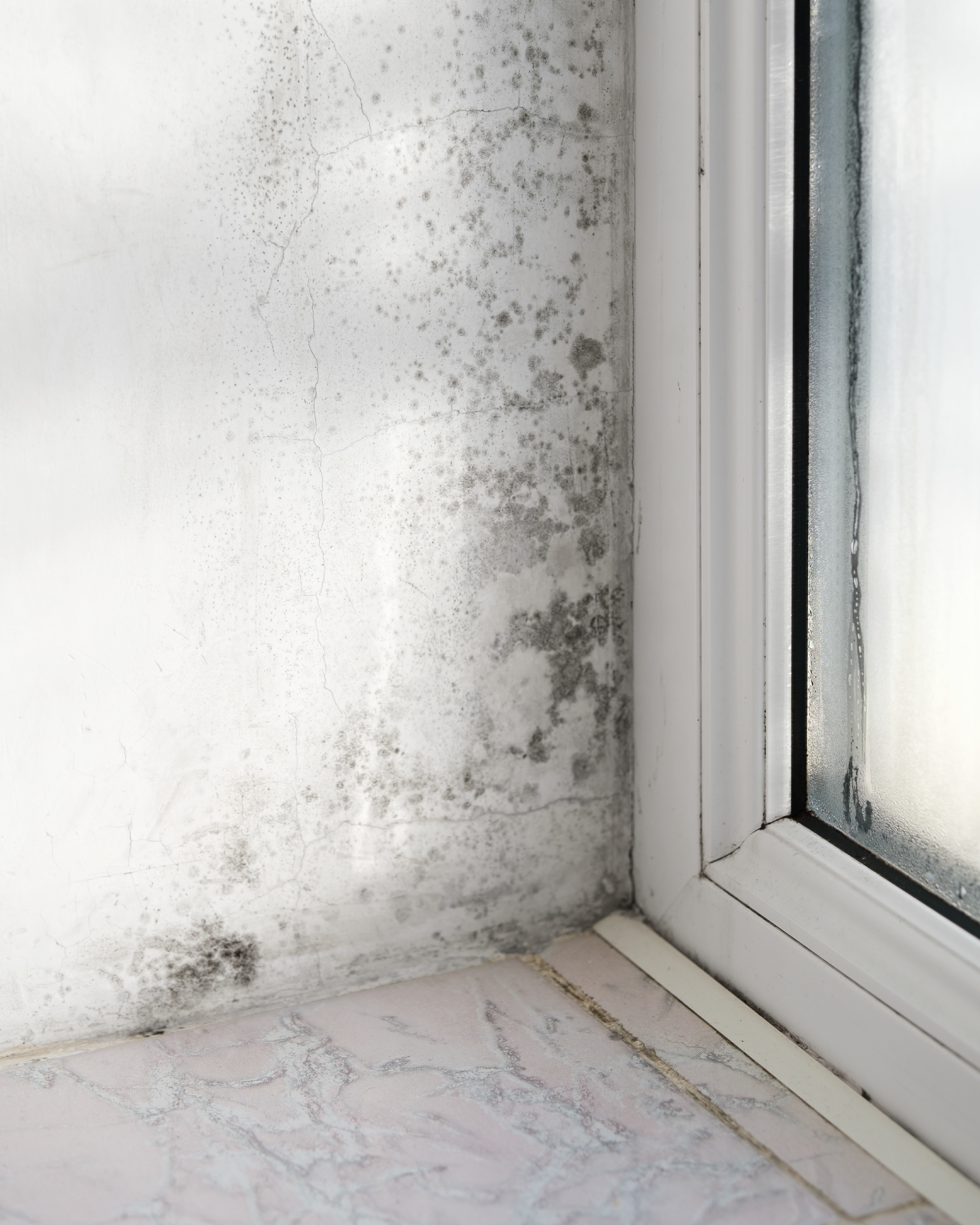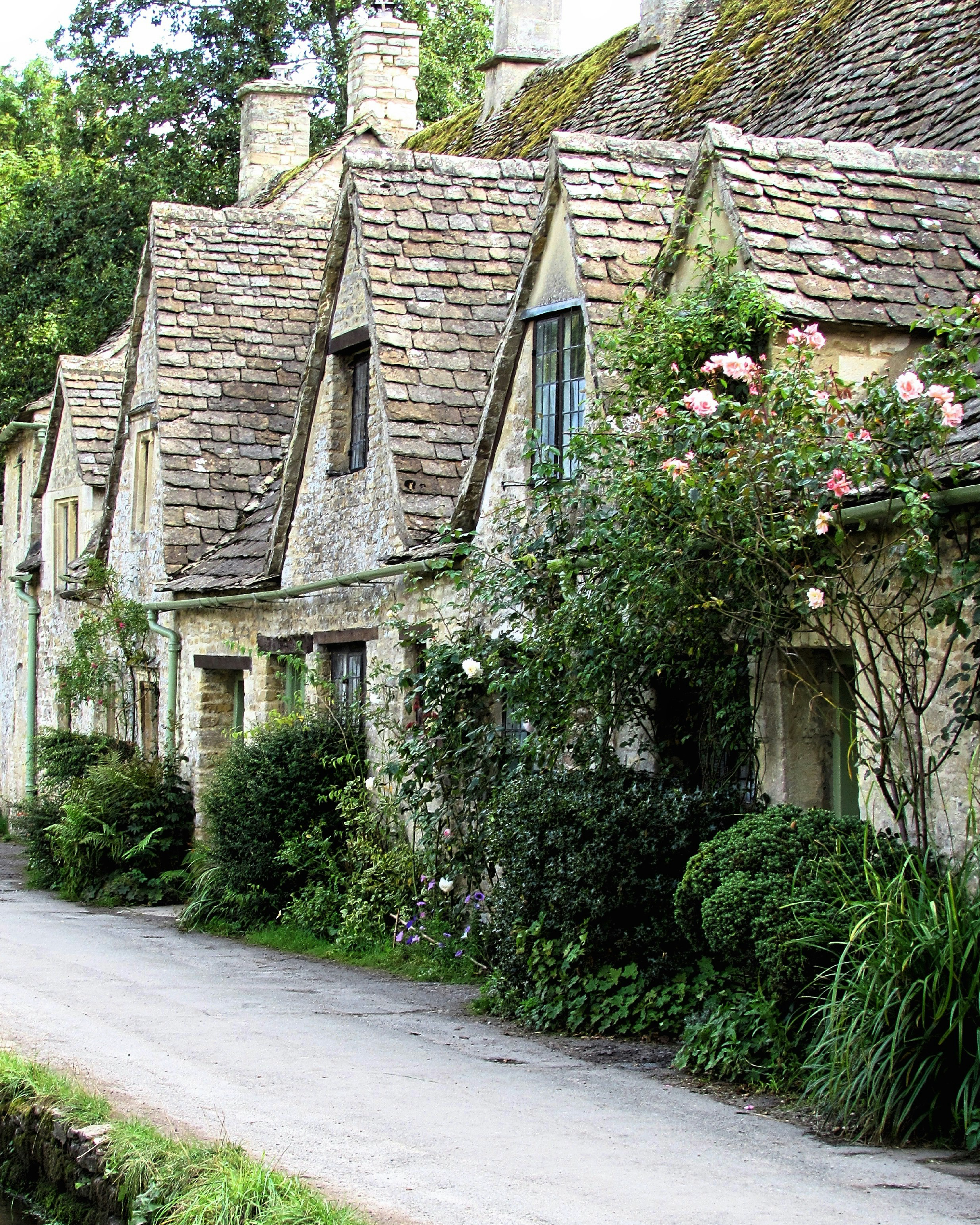

The Role of Retrofitting in the UK’s Sustainability Goals
The UK Labour government’s recent initiatives to prioritise sustainability and eco-friendly construction are a promising step towards a greener future. Their focus on stringent green building standards, renewable energy integration, and the use of sustainable materials is commendable. However, there’s a critical aspect that demands attention: the existing housing stock. How do we make our current homes as energy-efficient and environmentally friendly as new builds?
The Challenge of Existing Homes
The UK has approximately 29 million homes, many of which are old and energy-inefficient. According to the UK Green Building Council, nearly 80% of the homes that will exist in 2050 have already been built. This presents a significant challenge in meeting the country’s ambitious climate targets, as existing homes account for about 20% of the UK’s carbon emissions.
The Importance of Retrofitting
Retrofitting involves upgrading existing buildings to improve energy efficiency and reduce carbon emissions. This can include installing better insulation, upgrading heating systems, replacing windows, and integrating renewable energy sources like solar panels. The benefits of retrofitting are substantial:
1. Energy Savings: Retrofitting can reduce energy consumption in homes by up to 50%, significantly lowering utility bills for homeowners.
2. Carbon Reduction: Improving energy efficiency in homes could cut the UK’s carbon emissions by as much as 24 million tonnes per year.
3. Comfort and Health: Better insulation and ventilation can lead to more comfortable living conditions and improved indoor air quality.
Case Studies & Success Stories
Several retrofit projects across the UK have already demonstrated the potential of these measures. For example:
1. The EnerPHit Standard: Homes retrofitted to the EnerPHit standard, a version of the Passivhaus standard for existing buildings, have achieved remarkable energy savings. One such project in Exeter reduced heating demand by 90%.
2. The Green Homes Grant: The Green Homes Grant voucher scheme provided grants to homeowners and landlords to make energy efficient improvements to homes. Although this scheme faced challenges, it provided valuable lessons and highlighted the demand for retrofit funding and support.
3. Manchester’s Carbon Co-op: This cooperative helps homeowners retrofit their properties, achieving average energy savings of 60%. Their community-driven approach has been successful in creating a model for others to follow.
4. London’s Energiesprong Initiative: This Dutch-originated model has been applied to retrofit social housing in London, delivering net-zero energy homes through innovative techniques like prefabricated facades and integrated renewable energy systems.
5. Leeds’ Holbeck Area: A community retrofit project in Holbeck has shown significant reductions in energy use and carbon emissions, with homes achieving up to 80% reduction in heating demand through insulation and efficient heating systems.
Government Initiatives & Support
The Labour government has recognised the importance of retrofitting in achieving its sustainability goals. Some key measures include:
1. Funding and Incentives: The government plans to allocate significant funding for retrofitting projects, offering grants and low-interest loans to homeowners and landlords.
2. Training and Jobs: To support the retrofitting drive, there will be an emphasis on training and creating jobs in the green construction sector.
3. Regulations and Standards: Implementing stricter energy efficiency standards for existing homes will be crucial. This could include mandatory energy performance certificates and minimum efficiency requirements for rented properties.
Moving Forward
While the government’s new initiatives are a step in the right direction, it’s crucial to maintain a balanced approach that addresses both new constructions and existing homes. Retrofitting must be at the forefront of the UK’s sustainability strategy to ensure that all homes, not just new builds, contribute to reducing carbon emissions and achieving net-zero targets. The Labour government’s focus on sustainability is encouraging, but we must not overlook the vast potential of retrofitting existing homes. By investing in retrofitting, we can make a significant impact on energy efficiency, carbon reduction, and the overall comfort and health of our living spaces. Let’s embrace this opportunity to create a truly sustainable future for all.









